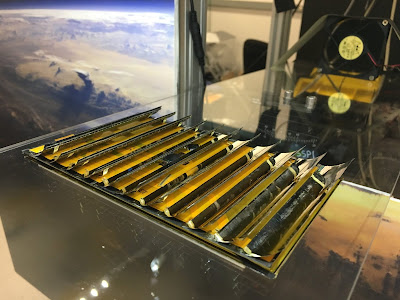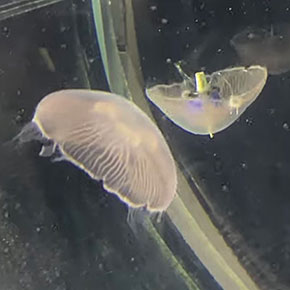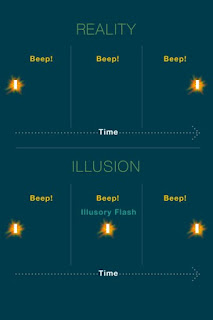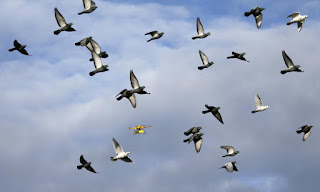DAILY INNOVATION BRIEF by Maryanne Kane, Journalist

D AILY INNOVATION BRIEF By Journalists Edward Kane & Maryanne Kane WORLD 1st: SPACE SOLAR POWER BEAMED TO EARTH Source: Caltech & Stock In a world first, scientists from the California Institute of Technology (Caltech) have wirelessly beamed clean space solar power to earth It's a powerful source of sustainable ene...









